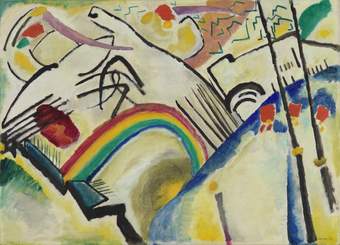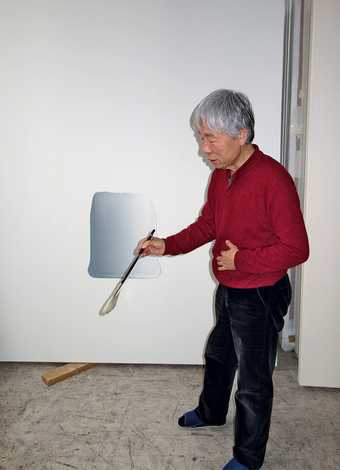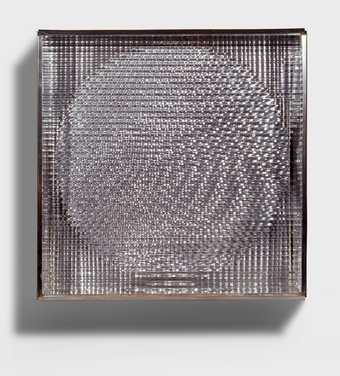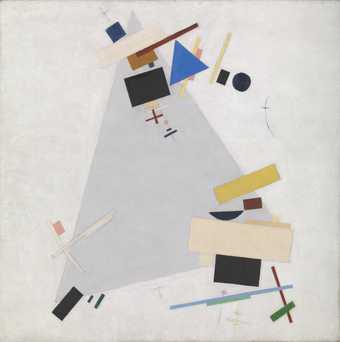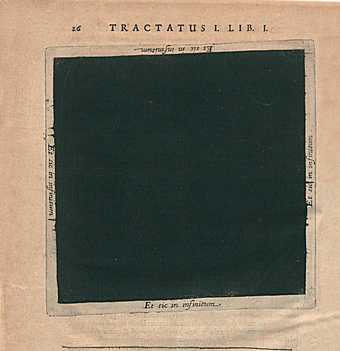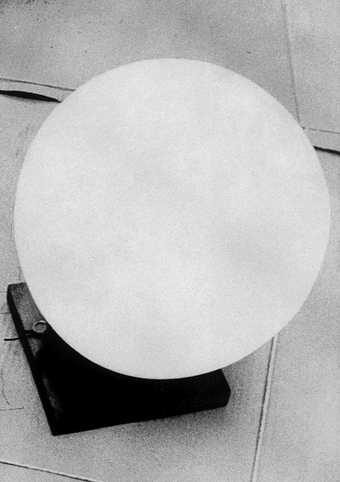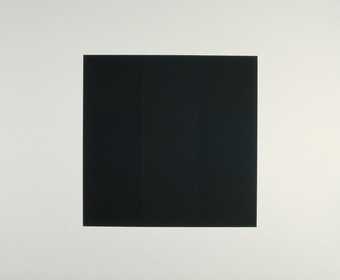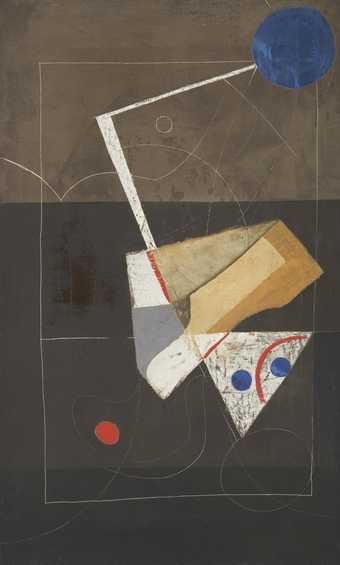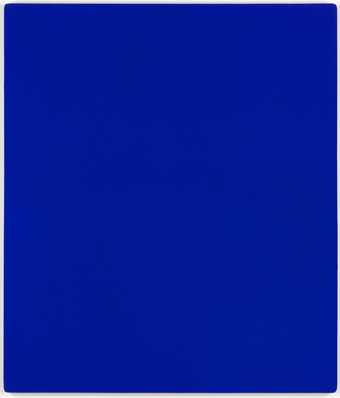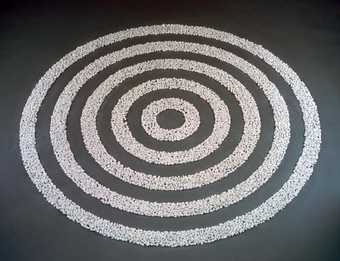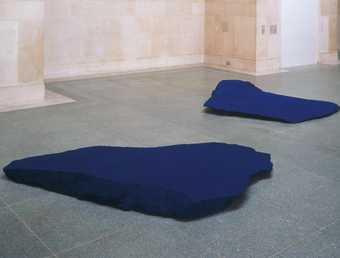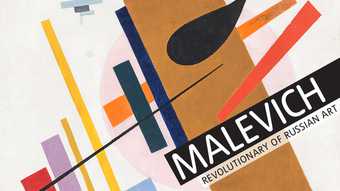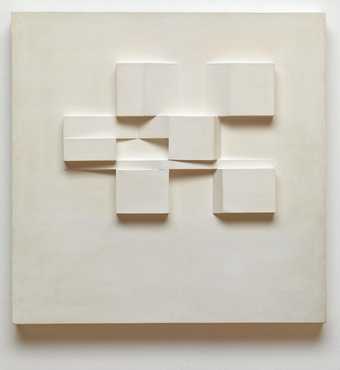
Mary Martin
Expanding Form (1954)
Tate
For centuries artists used different shades (tones) of brown or black ink to create monochrome pictures on paper. The ink would simply be more or less diluted to achieve the required shades. Shades of grey oil paint were used to create monochrome paintings, a technique known as grisaille, from the French word ‘gris’ meaning grey. In such work the play of light and dark (chiaroscuro) enabled the artist to define form and create a picture.
In the twentieth century, with the rise of abstract art many artists experimented with making monochrome paintings including Anish Kapoor, Ad Reinhardt, Robert Ryman and Robert Rauschenberg.
Spiritual vs. formal
The monochrome often serves one of two purposes. The first of these was communicating spiritual purity; by choosing one colour, artists could explore the tranquility of total abstraction. In his artworks, Yves Klein hoped to recreate a sense of dissolution of material differences, so that the oneness of the universe could be felt. Similarly in the 1950’s, Pierre Manzoni explored the idea of ‘nothingness’ in his ‘Achrome’ series.
The second purpose of monochrome, for some artists, was to reduce the painting or sculpture to its simplest form so that the focus of the piece would be on its pure physical elements; colour, form, texture or the way in which it was made. Among the first was Kazimir Malevich who about 1917–18 created a series of white on white paintings (see suprematism). The German minimalist artist’s known as ‘Zero’ used monochrome as an opportunity to unveil the artistic process, often slashing or creating raised shapes on white or black canvases. In Britain, Ben Nicholson created a notable series of white reliefs in the mid 1930s.

